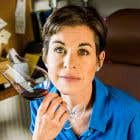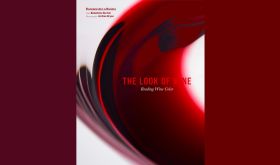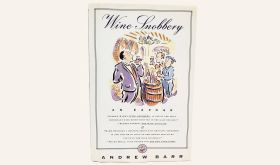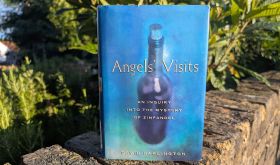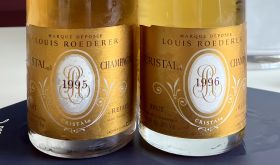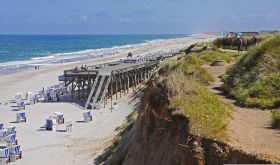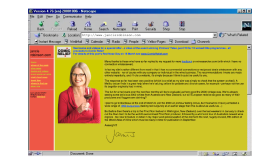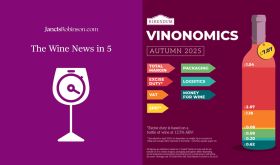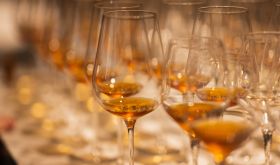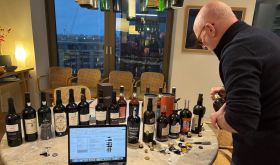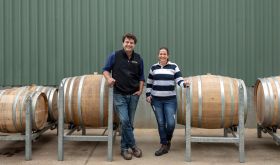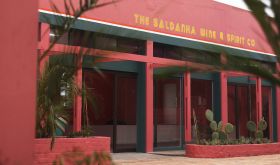Much of our wine reading today is based on clicks and flicks. Writers are taught that the ideal length of a web article is seven minutes. 1,600 words. Editors snip out six-word headlines because you’re only going to read the first three words and the last three words. Writers whip in and out of regions in under a week and throw together six-and-a-half-minute snapshots that try to capture everything in the shortest time possible before attention is lost to the next most exciting thing.
So, it’s with enormous respect that I take...
